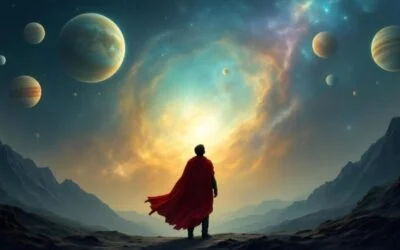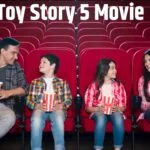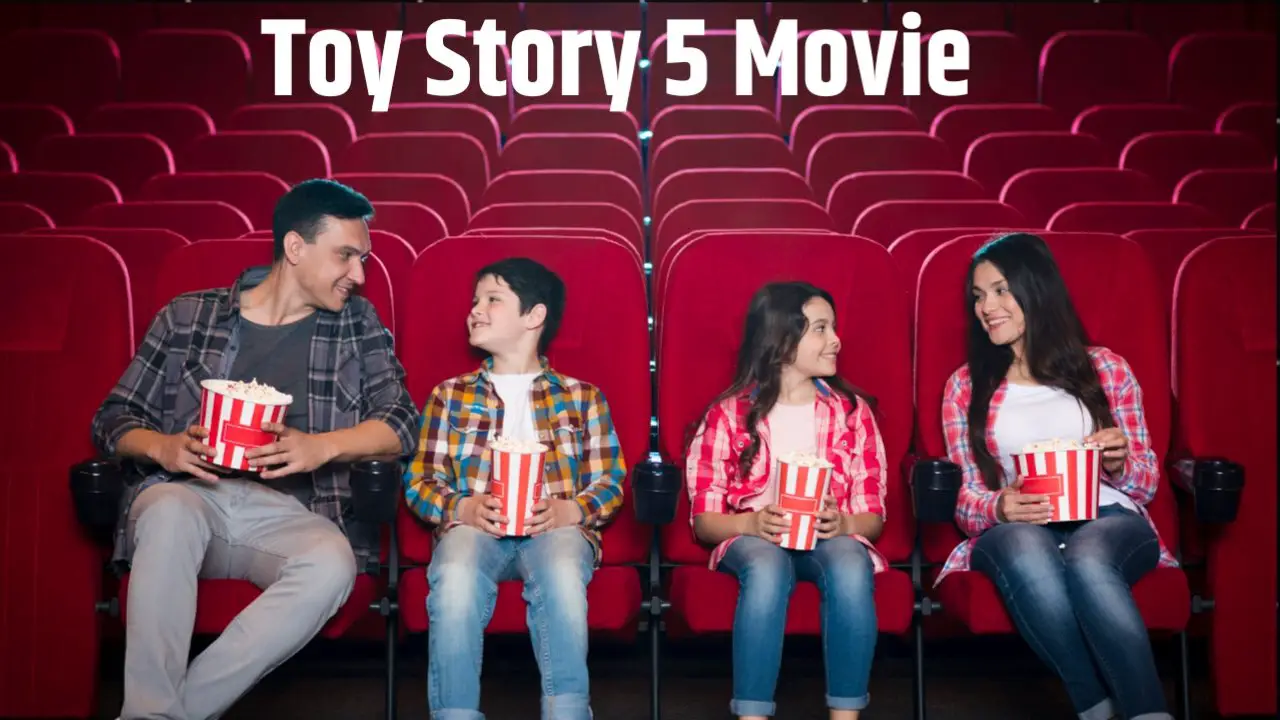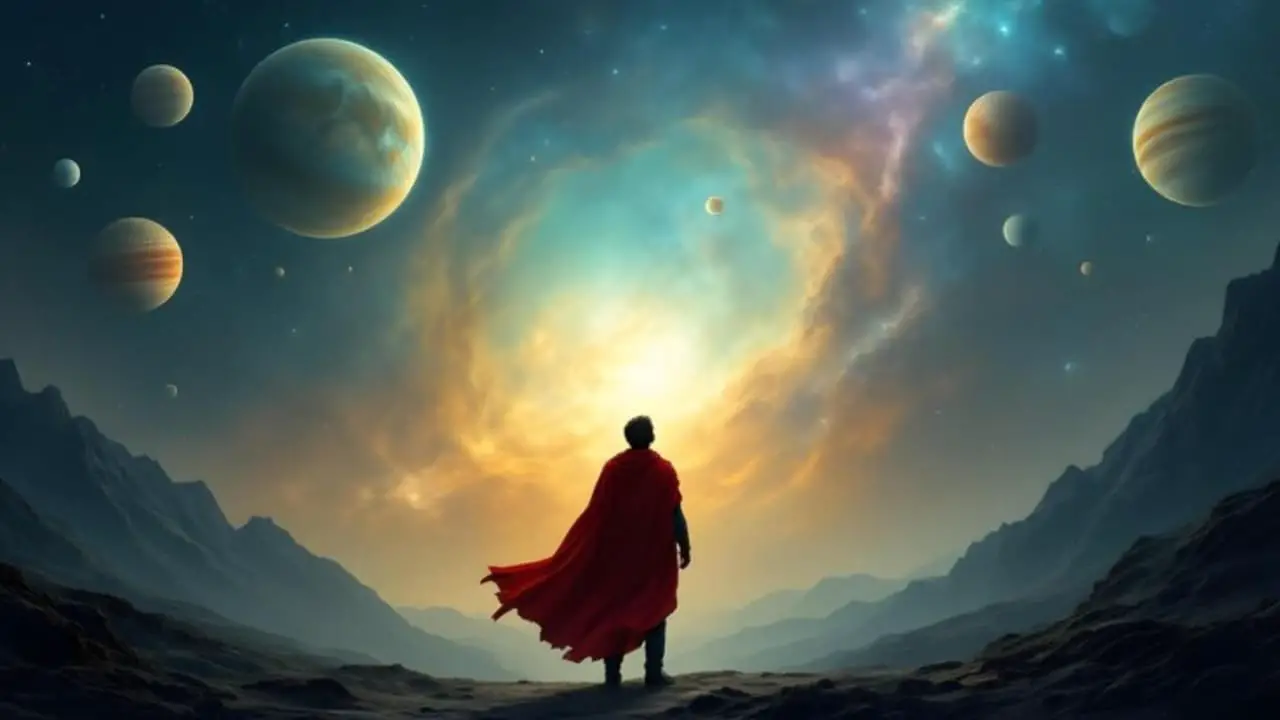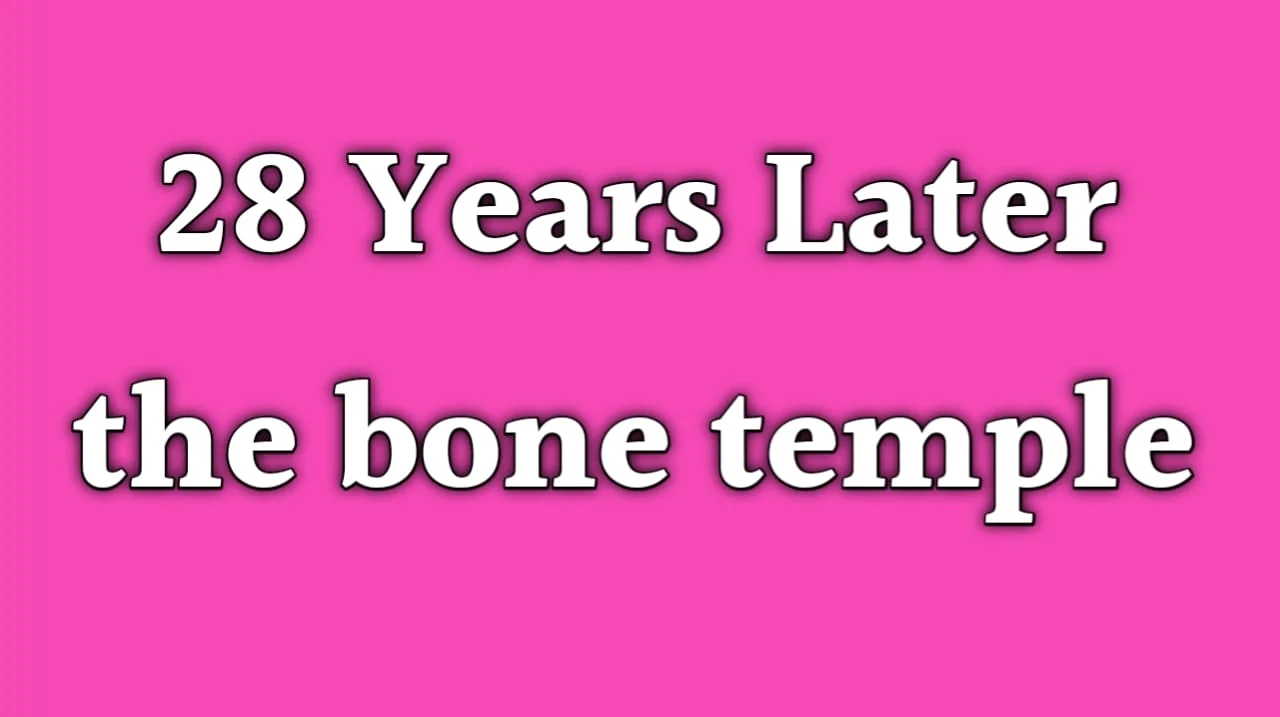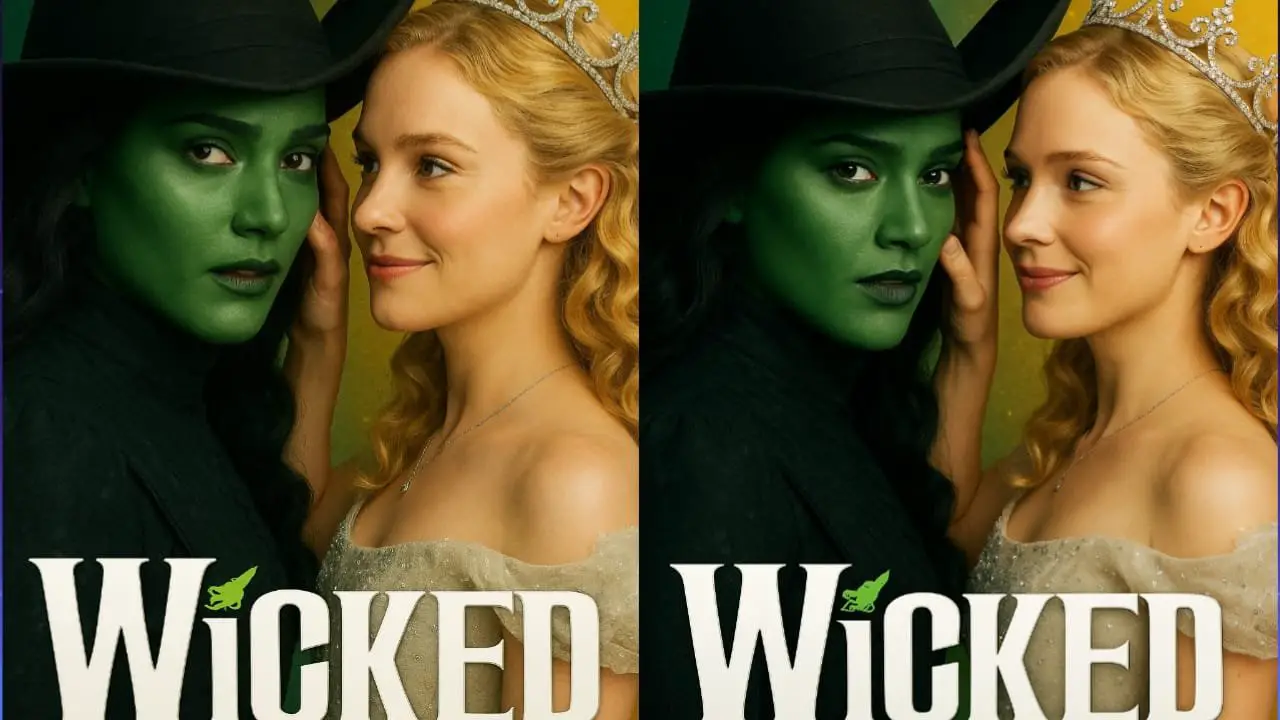The Story 5: A Deep Dive into Storytelling Brilliance
At its core, The Story 5 isn’t just another release—it embodies a new chapter in cinematic storytelling. It stands at the intersection of compelling narrative, emotional depth, and genre-bending creativity. From the opening scene to its resonant finale, this film speaks to us not only as viewers, but as participants in a shared human experience.
In this blog, we’ll explore:
The journey behind the film’s conception
Its narrative structure and thematic layers
Standout performances and character arcs
Director’s vision, tech and design aspects
Audience reception, box office insights, cultural ripples
Final thoughts: why The Story 5 leaves a lasting mark
• Genesis & Creative Vision
1 Origins of the Idea
Every extraordinary film begins with a seed of inspiration. For The Story 5, that seed was planted during a writer’s retreat in a remote mountain lodge. The screenwriter sketched a basic premise—a group of strangers bound by one extraordinary event—and as conversation turned into brainstorm, the narrative roots deepened. Real-life anecdotes of chance encounters, fragile trust, and interconnected destinies shaped the story’s spine.
2 Evolving the Narrative
From the initial 4-page treatment to a full-fledged 140-page script, the film’s development honed in on emotional authenticity. The writing team drew from psychology research, documentaries about community resilience, and raw conversations with people who weathered life-altering crises. The result: a central storyline that remains concise and gripping, peppered with richly drawn subplots.
3 Bringing the Vision to Life
A visionary director took the script and enriched it with visual poetry. Rejecting formulaic shots, they opted for a fluid, almost documentary-like style. Crisp, natural lighting and long takes allow viewers to truly live with the characters, unlocking empathy that cuts deeper than any blockbuster spectacle.
• Narrative Structure: Weaving Five Lives
1 The Setup
The film opens in media res—five strangers awaken in a deserted train station in the dead of night, each carrying wounded baggage (literal or emotional). Without dialogue, subtle details—scuffed shoes, trembling hands, silent tears—reveal their inner worlds. In this minimalist sequence, curiosity blooms.
2 Interlacing Storylines
Rather than follow one protagonist, The Story 5 interweaves five parallel journeys:
1. Maya, a nurse escaping a toxic relationship.
2. Arun, a tech entrepreneur haunted by a failed startup.
3. Elena, an academic wrestling with self-doubt
4. Ravi, a taxi driver battling grief.
5. Grace, a retired dancer yearning for purpose.
Their arcs intertwine subtly: fleeting eye contact, shared shelter in an abandoned cabin, impulsive connection, and mutual emotional breakthroughs. It’s a mosaic that dissolves the barrier between viewer and character.
The Climax & Emotional Crescendo
The turning point arrives when the group unites to face a storm—both literally and metaphorically—trapped in the station amidst a sudden downpour and power outage. Tensions flare, secrets spill, but it’s in these fragile moments they begin to heal. The storm’s calm ushers in catharsis, not as a tidy resolution, but as an emotional awakening.
Reflections in the Denouement
In the closing scenes, life resumes—and yet, everything feels changed. The train arrives at dawn. Our protagonists step forward, quieter, but with purpose renewed. The “five lives” motif transforms into a single narrative tapestry woven of resilience and shared humanity.
Release Date
Pixar and Disney have set the release for June 19, 2026, ensuring it lands squarely in the summer blockbuster season .
Voice Cast & Creatives
Tom Hanks (Woody) and Tim Allen (Buzz Lightyear) are confirmed to return—icons coming back home .
Joan Cusack likely reprises Jessie, with Ernie Hudson stepping in as Combat Carl, and Anna Faris joining in a new role .
At the helm is Andrew Stanton, a Pixar legend from Finding Nemo and WALL‑E, co‑directed by McKenna Harris .
Plot & Themes
The film picks up after Toy Story 4, weaving themes of change and adaptation into its core .
Central conflict: the toys face a new, heart‑tugging foe—tech devices. Think tablets that steal kids’ attention, leaving Woody and his friends in a tug‑of‑war for relevance .
Rumors say Jessie will take center stage—her journey through this tech era could be emotional and surprising .
What To Look Forward To
Expect Pixar’s trademark blend: witty humor, touching emotion, and visually rich animation—this time exploring how toys cope in a digital world .
The teaser tagline “Toy meets Tech” hints at a thoughtful, modern twist on this beloved franchise .
In a Nutshell
What Details
When June 19, 2026 (US theatrical release)
Who Woody (Hanks), Buzz (Allen), Jessie (Cusack), Combat Carl (Hudson), plus new voices
Creators Andrew Stanton (dir.), McKenna Harris (co‑dir.)
Why It Matters A fresh twist—technology vs. traditional toys, emotional arcs, beloved characters returning.
• Themes & Symbolism
1 Interconnectedness & Community
One central theme is the invisible ties between people. The Story 5 shows how vulnerability can be contagious—in a good way—and how empathy ripples across lives you’ll never fully know.
2 Identity & Reinvention
Each character is in flux, wrestling with who they were and who they might become. The film handles reinvention with nuance—no sudden transformations, only incremental shifts born of facing inner truths.
3 Silence Speaks Louder
Dialogue is sparse; silences are loaded. A trembling lip, a shared look, a hesitant handshake—these moments expand to fill the screen, giving viewers room to breathe and reflect.
4 Weather as Metaphor
Rain arrives as a cleansing force. Thunder rumbles in accompaniment to emotional storms. When dawn breaks, it’s not just new weather—it’s a new beginning.
• Characters: Portraits in Motion
1 Maya (Played by Ellie Santos)
A compassionate caregiver worn thin, Maya’s arc carries the weight of responsibility. Santos wields micro-expressions—the way she tilts her head away, the brief widening of her eyes—to convey a lifetime of fatigue and hope.
2 Arun (Ravi Khanna)
Khanna nails a layered performance—sharp tech startup guy on the surface, but inwardly crushed by past failures. As Arun cracks jokes, we feel the tremor beneath. His eventual admission of vulnerability feels earned, not scripted.
3 Elena (Chloe Martinez)
An earnest academic struggling with impostor syndrome, Elena’s gentle arc mirrors countless real-world stories. Her breakthrough is quiet—a handwritten note she shares, trembling but true. Martinez embodies authenticity.
4 Ravi (David Liu)
Quiet and respectful, Ravi’s character carries an unspoken sorrow. In one shot, he gazes at old photos of his late wife before gently wiping them away. Liu’s restraint makes that scene linger long after the credits roll.
5 Grace (Sheila O’Connor)
Grace brings both grace and raw honesty. O’Connor lets herself step into moments of lightheartedness before pivoting to scenes of aching purpose. Grace’s journey toward reclaiming artistry inspires without overt exposition.
• Directing & Cinematography
1 Visual Language
The director employs handheld cameras and medium-wide shots, drawing viewers into close quarters. You feel physically present—part of the group in that waiting area.
2 Use of Color & Light
The palette is desaturated—grays, muted blues—until the final scene, where warm earth tones signal hope. Light affects the mood: dim for tension, golden for resolution.
3 Sound & Music
Sound design amplifies the ordinary: a flickering fluorescent light, a train whistle off-screen, rain tapping concrete. A minimalist score has intermittent piano or cello notes, threading emotional pulses without overwhelming.
Wicked (2024) Movie Review & Analysis: The Untold Magic Behind Oz
Production Design & Locations
The Station
The central location was a decommissioned rural station, artfully repurposed with weathering, graffiti, scattered luggage. It feels lived-in, authentic, as if hundreds of journeys passed through.
Outdoor Elements
The cabin shelter and misty woods outside evoke solace—but are tinged with fear. Artful set dressing and practical lighting make every shot feel both natural and cinematic.
Authenticity in Details
Subtle props—bus tickets to unknown towns, childhood drawings, pill bottles labeled “Rx,” the well-loved notebook—build backstories without dialogue. These details are anchors, grounding the characters in lived-in reality.
• Reception & Impact
Early Festival Buzz
At Sundance and Toronto, critics praised its heart and minimalism. One wrote:
> “The Story 5 feels like a warm conversation between strangers, reminding us why cinema can heal.”
Their words echo the film’s ethos: connection through simplicity.
Box Office & Streaming
Modest in marketing, it still opened to a strong $15 million domestically opening weekend, climbing steadily on critical acclaim and word-of-mouth. International streaming deals (Netflix, Amazon) followed, extending its reach globally.
Social Conversation
Viewers interviewed on YouTube said the film “felt like a mirror” and “changed how I look at people passing by.” Community screenings sparked discussions about mental health, loneliness, and small acts of kindness.
• Cultural Moments & Legacy
The Story 5 proves minimalist, emotionally honest cinema can break through in a spectacle-driven age. Its success signals that audiences still crave realist narratives that center human textures over blockbuster formulas.
Impact Beyond Film
Some cities hosted “Strangers at the Station” events—pop‑up meetings in empty transit hubs where people shared stories and listened, inspired by the film’s premise. Mental-health organizations even used short clips for discussion sessions.
Acting & Awards Season
Ellie Santos and Ravi Khanna earned critics’ nods; Santos was lauded for “three seconds of silence that say more than most monologues.” Sheila O’Connor received Golden Globe buzz for her layered, late-emergence performance.
• Why The Story 5 Resonates
1 It Honors Simplicity
This isn’t about laser beams or alien invasions—it’s about us. And there’s power in that intentional, slow embrace of ordinary people being seen and heard.
2 It Trusts Viewers
There’s no frantic pacing, no cutaways, no expository voice-over. Instead, the film trusts your intelligence, your empathy, and your capacity to fill silent spaces.
3 It Connects in a Fragmented World
In our digital era—where online friend lists often overshadow real-world bonds—The Story 5 reminds us that shared humanity is still the most powerful narrative. We don’t need more distractions; we need more listening, honest presence.
• Final Take: A Film You Carry With You
If you walk out of The Story 5 and feel a subtle shift—an impulse to call someone, tell a story, reach out—you’re not imagining it. The film operates less as entertainment and more as a quiet call to be human again.
This is storytelling on micro‑scale but macro in impact. It’s a film that doesn’t ask us to believe in superheroes; it asks us to believe in each other.
• Suggested Viewing Guide
Moment to Look For What to Notice
Opening scene in station Facial micro‑expressions—watch them transform
Cabin confrontation Dialogue that lingers in the pause
Rainstorm climax Visual metaphor—spot parallels in dialogue
Dawn & train departure Color palette shifts; music tonality changes
• Call to Conversation
What scene touched you most, and why?
How do you see yourself in any of the five characters?
Would you try something similar in your community—a gathering or story-sharing event?
Comment below with your reflections. If you host a screening or discussion group, I’d love to hear how it unfolds.
• Final Thoughts
The Story 5 is cinematic storytelling stripped to its essence—humane, poignant, and unforgettable. It’s not trying to dazzle with special effects; it seeks to connect you more deeply to the people around you, and even yourself.
It’s cinema that doesn’t just pass through your eyes—it reaches into your heart. And for that reason, The Story 5 isn’t merely a film—it’s a shared invitation to slow down, listen, and live a little more open-heartedly.
